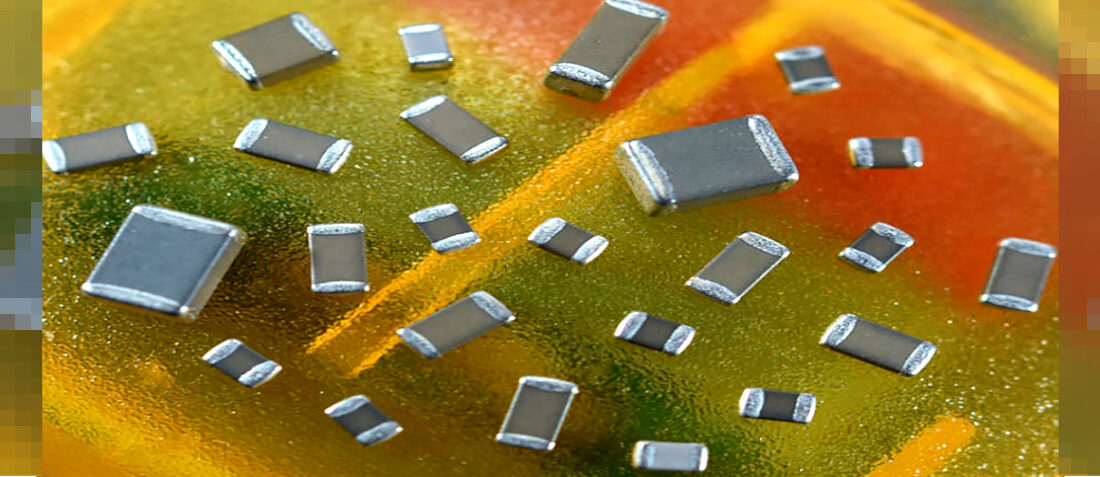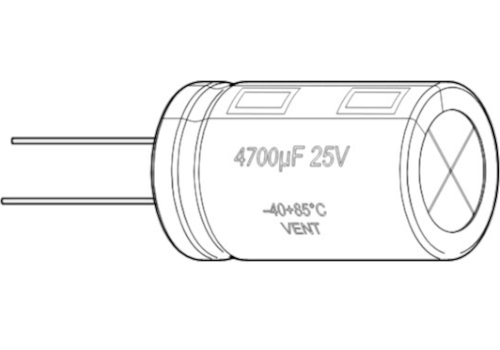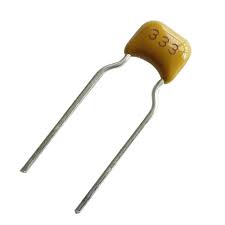
X8G, X8L and X8R ceramic capacitor dielectrics
- Posted by doEEEt Media Group
- On May 29, 2020
- 0
With the increasing use of electronic modules in under-the-hood applications in the automotive industry, X8* type ceramic dielectrics for up to 150C operating temperature are becoming more and more popular. But, do you know what is the difference between X8G, X8L, and X8R ceramic capacitor dielectrics?
There are half-a-dozen ceramic dielectrics in regular use today: the ultra stable Class 1 types P90 (porcelain), NPO (COG) and U2J (N2200), and the stable Class II types X7R, X5R, and Y5V.
With the increasing use of electronic modules in under-the-hood applications in the automotive industry, X8* type ceramic dielectrics are also becoming more and more popular.
X8G, X8L and X8R are all high-temperature ceramic dielectrics for use in demanding applications up to +150°C, and all have a lower operating temperature limit of -55°C. This is what the “X” and the “8” signify. The third character represents the capacitance change over this temperature range. The table below shows this capacitance change.
| wdt_ID | Ceramic Type | Rated Temperature Range | Maximum Capacitance Change Over Temperature Range |
|---|---|---|---|
| 1 | X8G | -55°C – +150°C | 0±30ppm/°C |
| 4 | X8L | -55°C – +150°C | ±15% |
| 7 | X8R | -55°C – +150°C | +15/-40% |
This means that X8L and X8R types are stable Class II dielectrics, while the rarer X8G type is an ultra stable Class I dielectric.
Major brands such as AVX, KEMET, Knowles, Murata, TDK and Vishay all produce X8L/X8R dielectrics, but only Knowles and Murata have X8G types.
Source: Capacitor Faks blog
featured image credit: Knowles
- Managing EEE components for LEO and lower cost space missions - December 17, 2024
- Filtering Characteristics of Parallel-Connected Fixed Capacitors in LCC-HVDC - November 21, 2024
- ALTER SPACE TEST CENTER: testing approaches for New Space - September 30, 2024




0 comments on X8G, X8L and X8R ceramic capacitor dielectrics